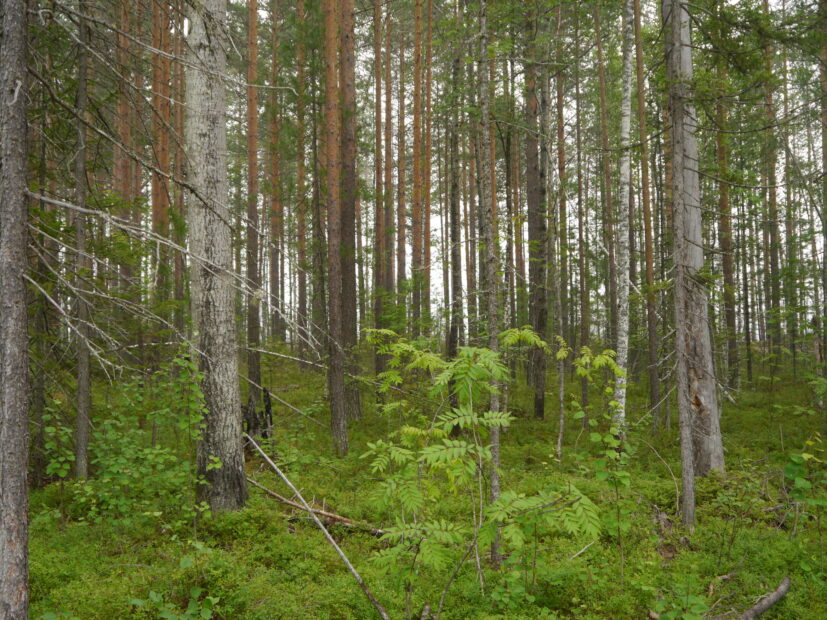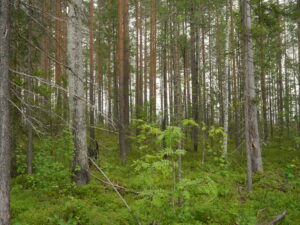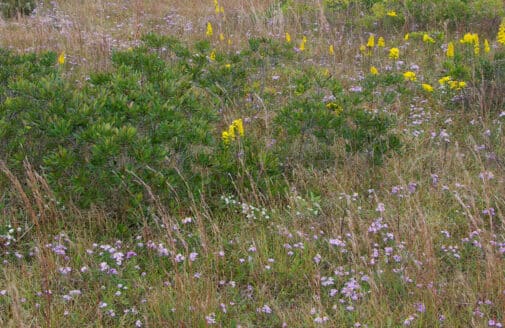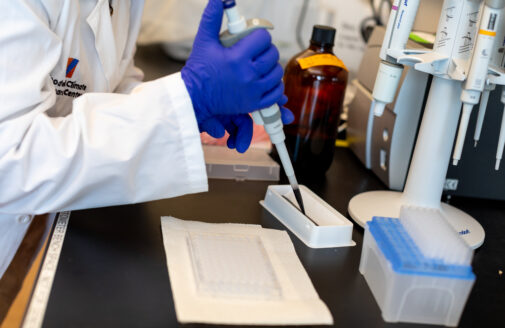NCCS hosts modeling analysis of carbon uptake by global boreal forests

photo by Tatiana Shestakova
NCCS hosts modeling analysis of carbon uptake by global boreal forests

According to NASA research, summer 2023 was Earth’s hottest since global records began in 1880. In this changing climate, the Arctic and boreal region is experiencing the strongest warming trends – close to four times the global average.
“This warming is having profound (often contrasting) impacts on the landscape and carbon cycle,” said Jennifer Watts, Assistant Scientist at Woodwell Climate Research Center in Falmouth, Massachusetts. For instance, “permafrost and seasonally frozen soils in this region hold more carbon than is currently in the entire atmosphere,” she said. As these soils thaw in warmer temperatures, solid carbon stored in them can become food for microbes and get converted into carbon dioxide or methane gas. “Adding these additional sources of carbon dioxide or methane into the atmosphere is very bad for our Earth because it further accelerates climate change, including the warming of Arctic-boreal regions,” Watts said.







